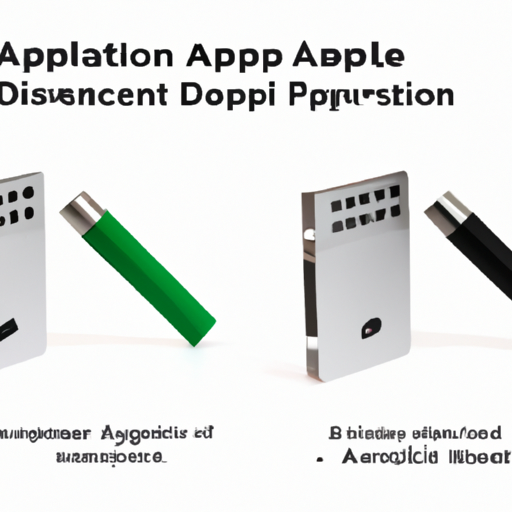Application Development in Cigarette Lighter Assemblies for BH4AAPC: Key Technologies and Success Stories
Developing applications for cigarette lighter assemblies, particularly in the context of BH4AAPC (which may refer to a specific automotive or electronic application), involves several key technologies and methodologies. Here’s an overview of the critical technologies and some potential success stories in this domain:
Key Technologies
| 1. Microcontroller Integration | |
| 2. Smart Charging Technology | |
| 3. Wireless Charging | |
| 4. Safety Features | |
| 5. User Interface Design | |
| 6. Durability and Environmental Resistance | |
| 7. IoT Connectivity | |
| 1. Automotive OEM Partnerships | |
| 2. Aftermarket Solutions | |
| 3. Consumer Electronics | |
| 4. Sustainability Initiatives | |
| 5. Integration with Smart Vehicles | |
Success Stories
Conclusion

The development of cigarette lighter assemblies for applications like BH4AAPC involves a blend of innovative technologies and user-centric design. By focusing on safety, efficiency, and connectivity, manufacturers can create products that not only meet the needs of modern consumers but also stand out in a competitive market. Success stories in this field often highlight the importance of collaboration between automotive manufacturers, technology providers, and consumer electronics companies to drive innovation and enhance user experience. As the demand for advanced charging solutions continues to grow, the evolution of cigarette lighter assemblies will play a crucial role in shaping the future of automotive and electronic applications.
Application Development in Cigarette Lighter Assemblies for BH4AAPC: Key Technologies and Success Stories
Developing applications for cigarette lighter assemblies, particularly in the context of BH4AAPC (which may refer to a specific automotive or electronic application), involves several key technologies and methodologies. Here’s an overview of the critical technologies and some potential success stories in this domain:
Key Technologies
| 1. Microcontroller Integration | |
| 2. Smart Charging Technology | |
| 3. Wireless Charging | |
| 4. Safety Features | |
| 5. User Interface Design | |
| 6. Durability and Environmental Resistance | |
| 7. IoT Connectivity | |
| 1. Automotive OEM Partnerships | |
| 2. Aftermarket Solutions | |
| 3. Consumer Electronics | |
| 4. Sustainability Initiatives | |
| 5. Integration with Smart Vehicles | |
Success Stories
Conclusion

The development of cigarette lighter assemblies for applications like BH4AAPC involves a blend of innovative technologies and user-centric design. By focusing on safety, efficiency, and connectivity, manufacturers can create products that not only meet the needs of modern consumers but also stand out in a competitive market. Success stories in this field often highlight the importance of collaboration between automotive manufacturers, technology providers, and consumer electronics companies to drive innovation and enhance user experience. As the demand for advanced charging solutions continues to grow, the evolution of cigarette lighter assemblies will play a crucial role in shaping the future of automotive and electronic applications.













